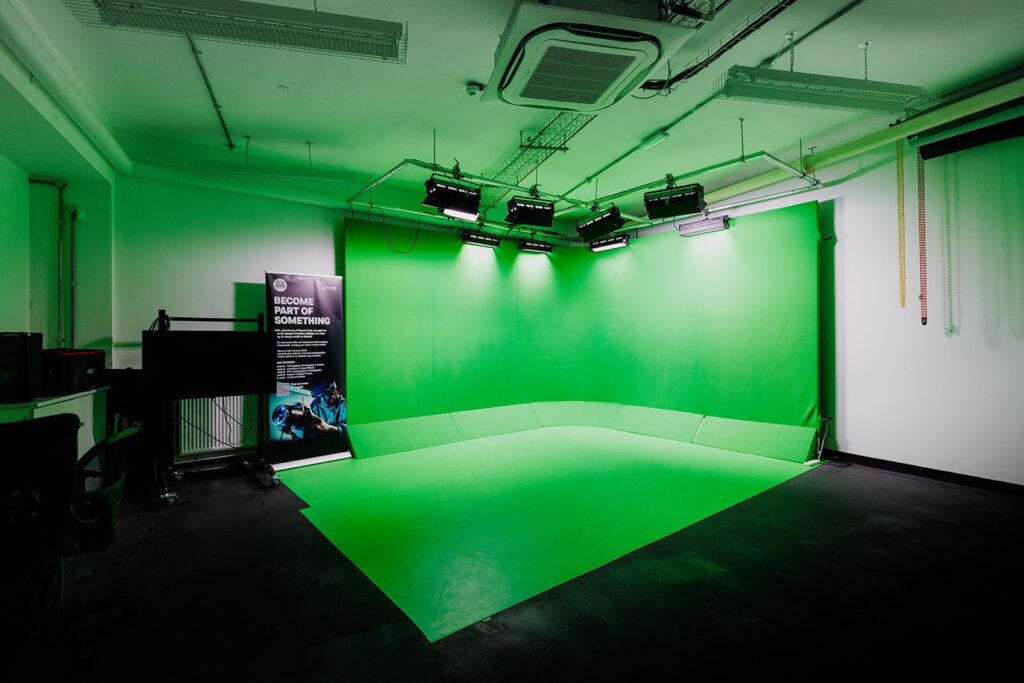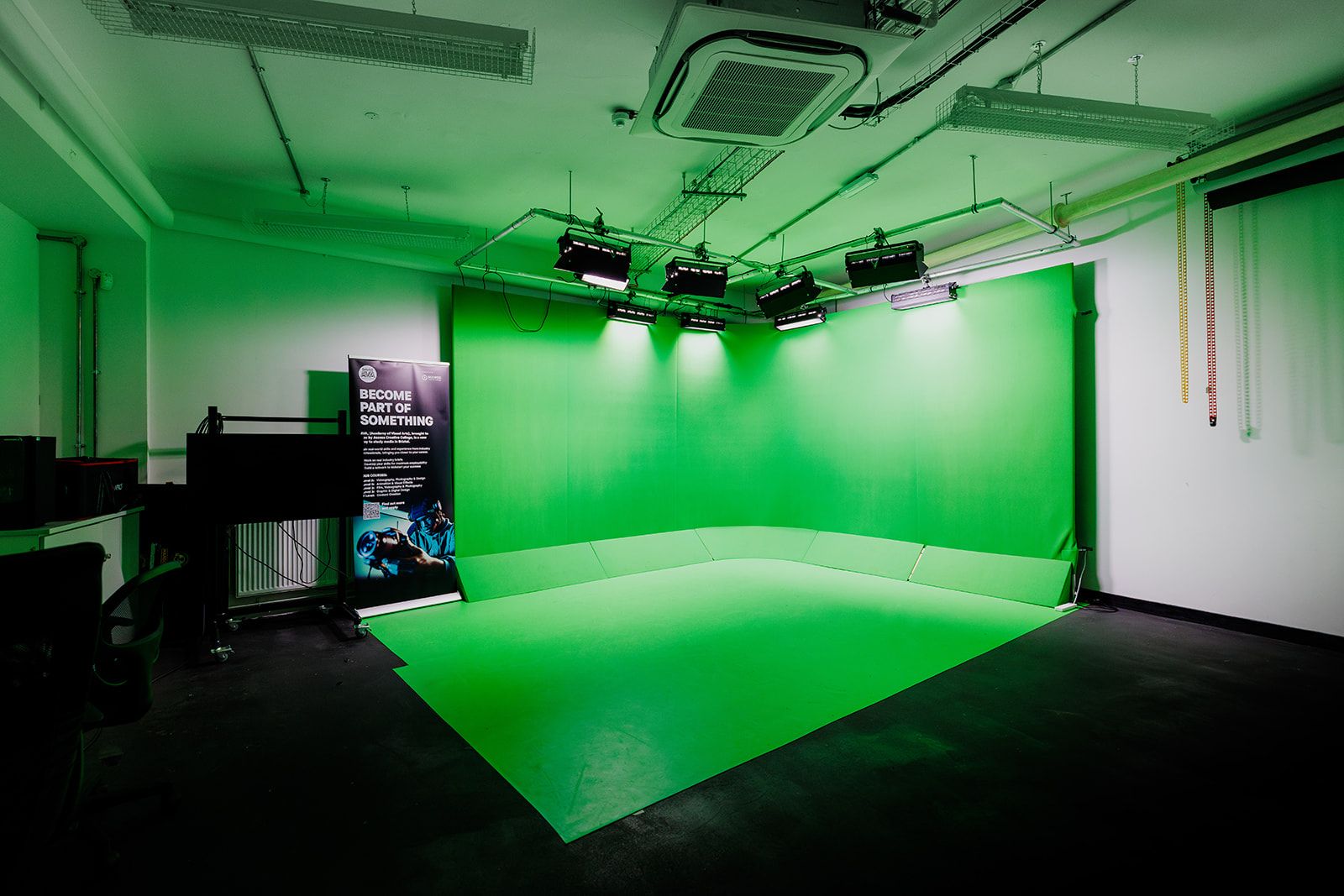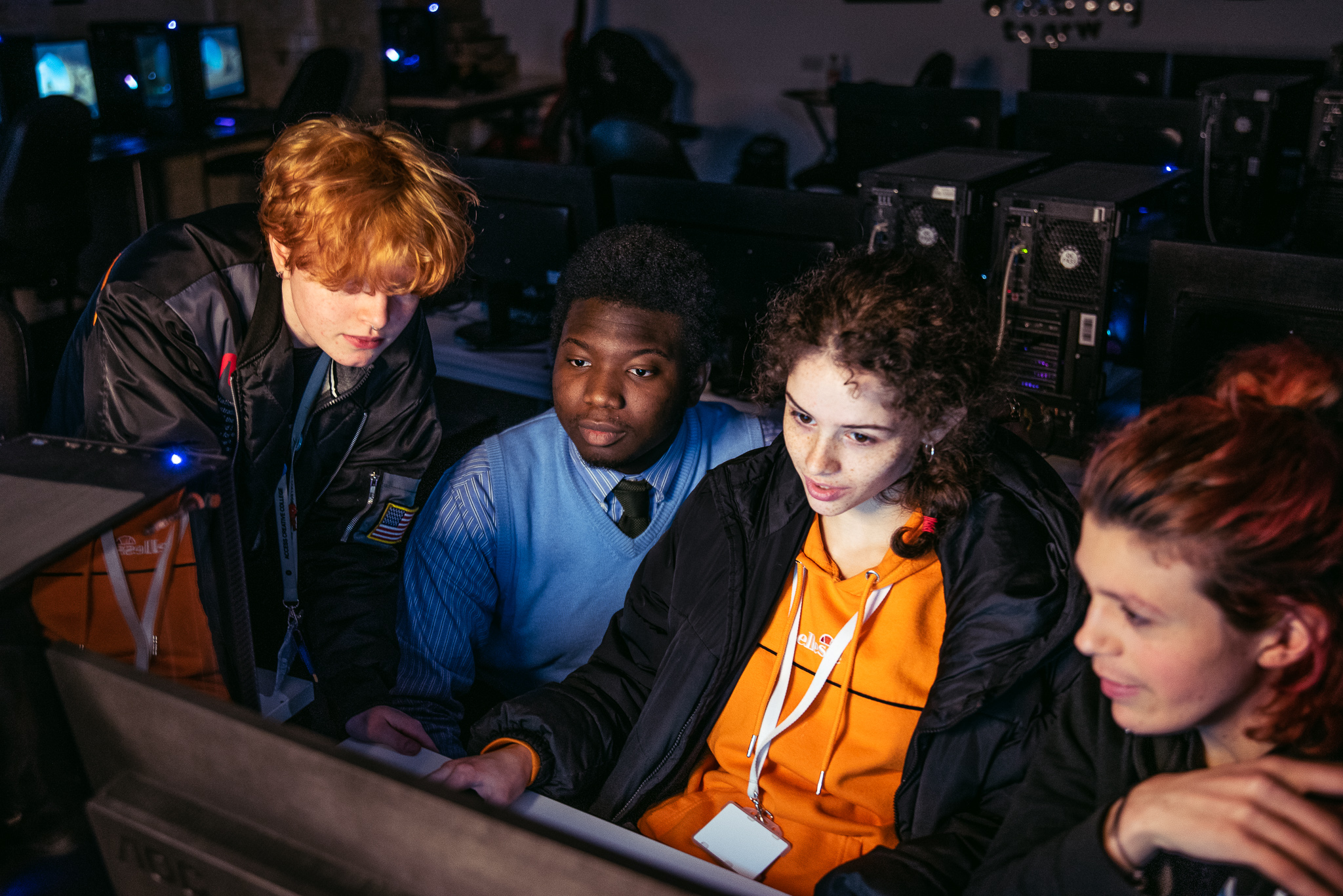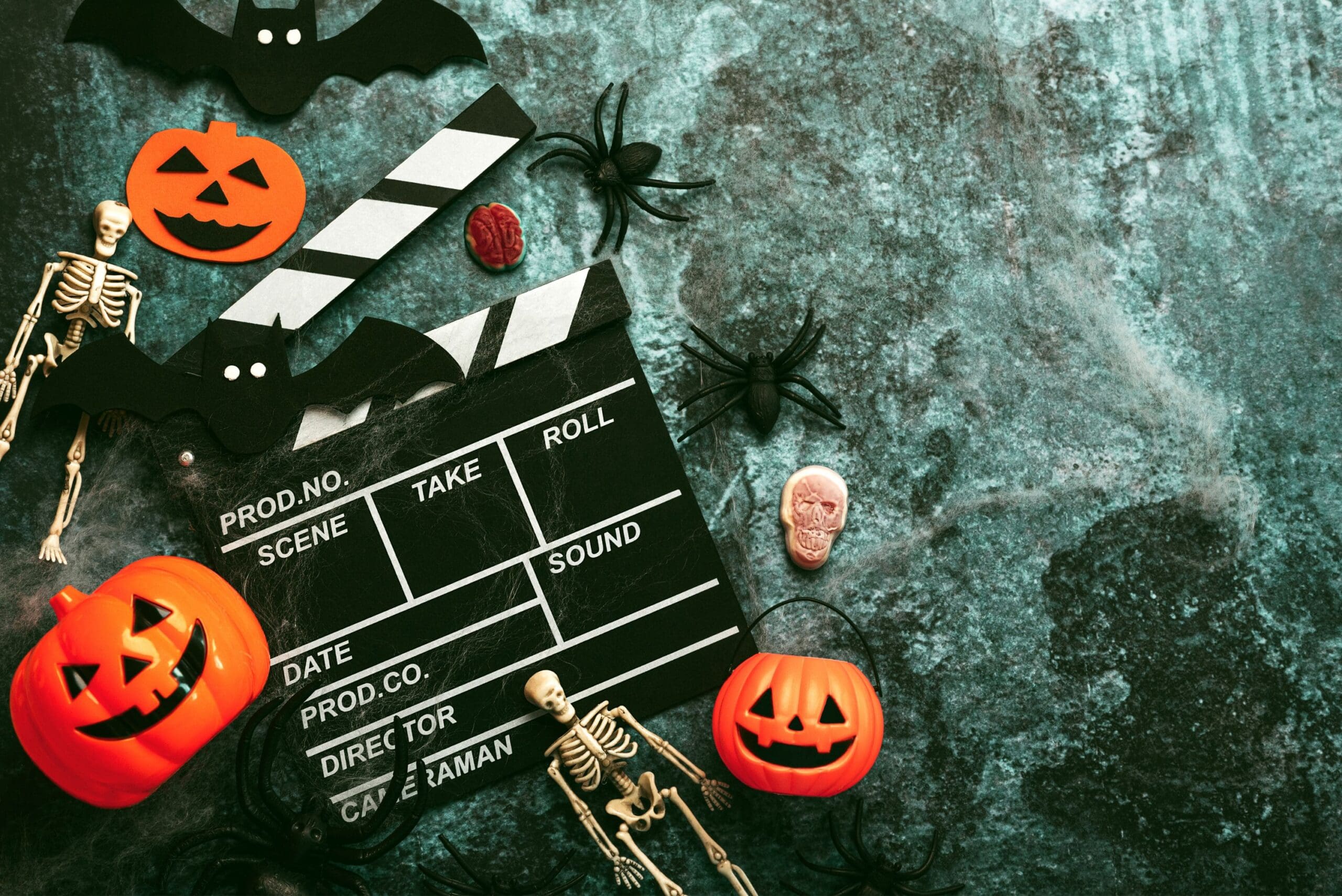In 2025, the world of filmmaking continues to evolve, bringing exciting new techniques and revitalising classic methods. Whether you’re an aspiring filmmaker or a seasoned pro, staying up-to-date with the latest film techniques is crucial for creating compelling visual stories.
Let’s take a look at the most effective and innovative film techniques of 2025, covering everything from point-of-view (POV) filming to cinematic approaches that are shaping the industry.
Point of View (POV) Filming: Immersing the Audience

One of the most engaging film techniques gaining traction in 2025 is point-of-view (POV) filming. You will have most likely seen this technique used many times from content creators across social media apps to TV and film scenes. This approach puts the audience directly in the shoes of the character, creating a uniquely personal viewing experience.
The POV filming technique involves mounting the camera on the actor or using handheld devices to capture the scene from the character’s perspective. This method has become increasingly popular in action sequences, horror films, and even documentaries, offering viewers a first-hand experience of the narrative.
Key aspects of effective POV filming include:
- Stable camera work: Using gimbals or stabilisers to reduce shakiness
- Natural movement: Mimicking realistic head and eye movements
- Selective focus: Emphasising important elements in the frame
- Sound design: Incorporating diegetic sounds to enhance immersion
POV filming can be particularly effective when combined with other cinematic filming techniques, creating a dynamic and engaging visual experience.
Cinematic Filming Techniques: Elevating Your Visual Storytelling
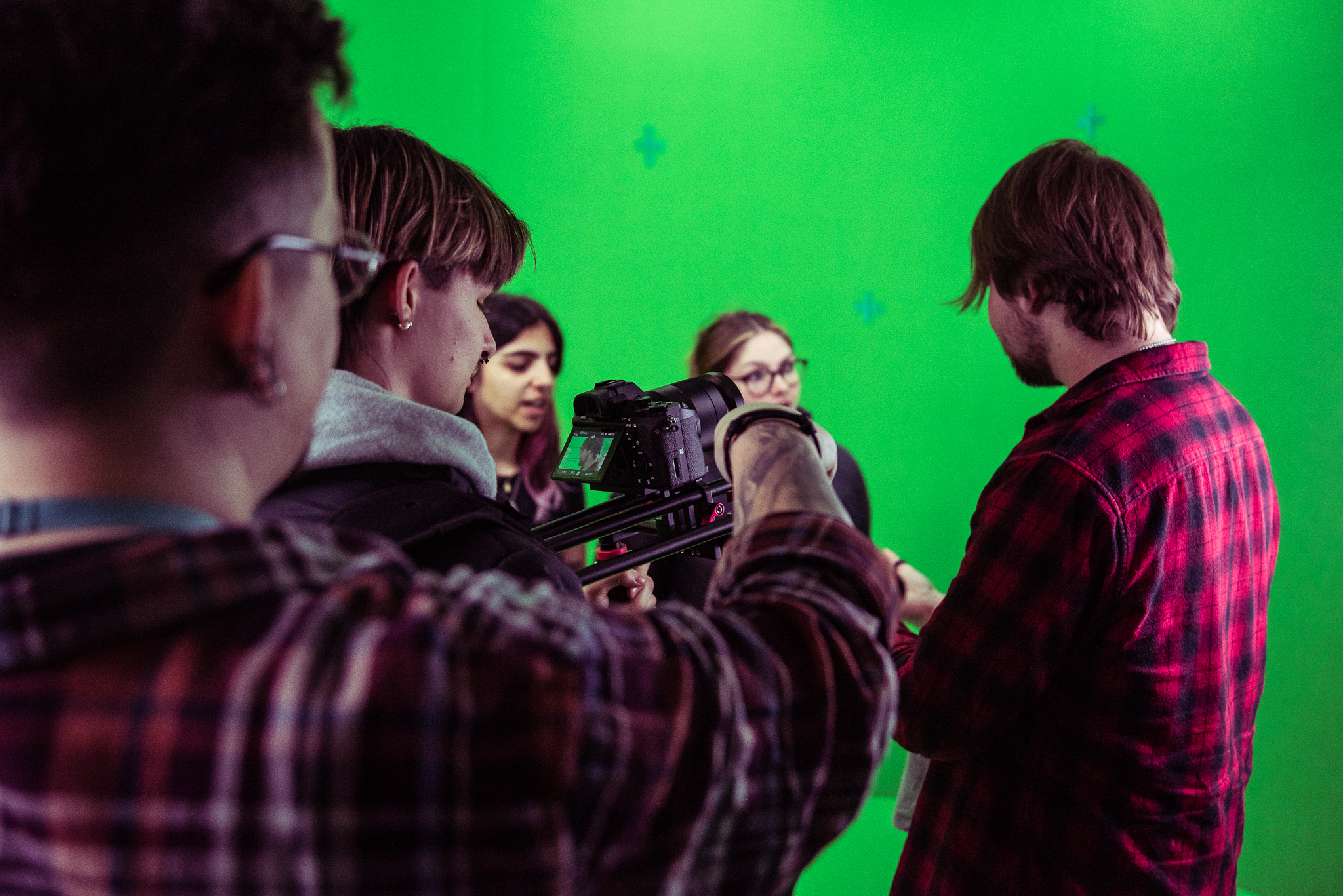
Beyond POV, many cinematic filming techniques can elevate your film work.
Here are some of the most impactful approaches being used in 2025:
- Drone Cinematography: With advancements in drone technology, aerial shots have become more accessible and sophisticated. Filmmakers are using drones to capture landscapes, dynamic action sequences, and unique perspectives that were once only possible with expensive helicopter shots.
- Virtual Production: The use of LED walls and real-time rendering engines is revolutionising filmmaking. This technique allows for the creation of realistic backgrounds and environments in-camera, reducing the need for extensive post-production work. The Mandalorian TV series is a prime example of using LED walls for creating realistic environments.
- Anamorphic Lenses: These lenses create a distinctive, widescreen look with unique flares and bokeh, adding a cinematic quality to your footage. Many filmmakers have successfully used anamorphic lenses to enhance their storytelling. For example, in La La Land, original Cinemascope lenses from the ’50s were used to evoke the nostalgic feel of musicals from that decade.
- Handheld Camera Work: While not new, handheld techniques continue to evolve, offering a raw, intimate feel to scenes when used effectively.
- Long Takes: Single-shot sequences that last for extended periods are becoming increasingly popular, showcasing technical prowess and immersing viewers in the action.
Different Types of Movie Shots: Building Your Visual Vocabulary
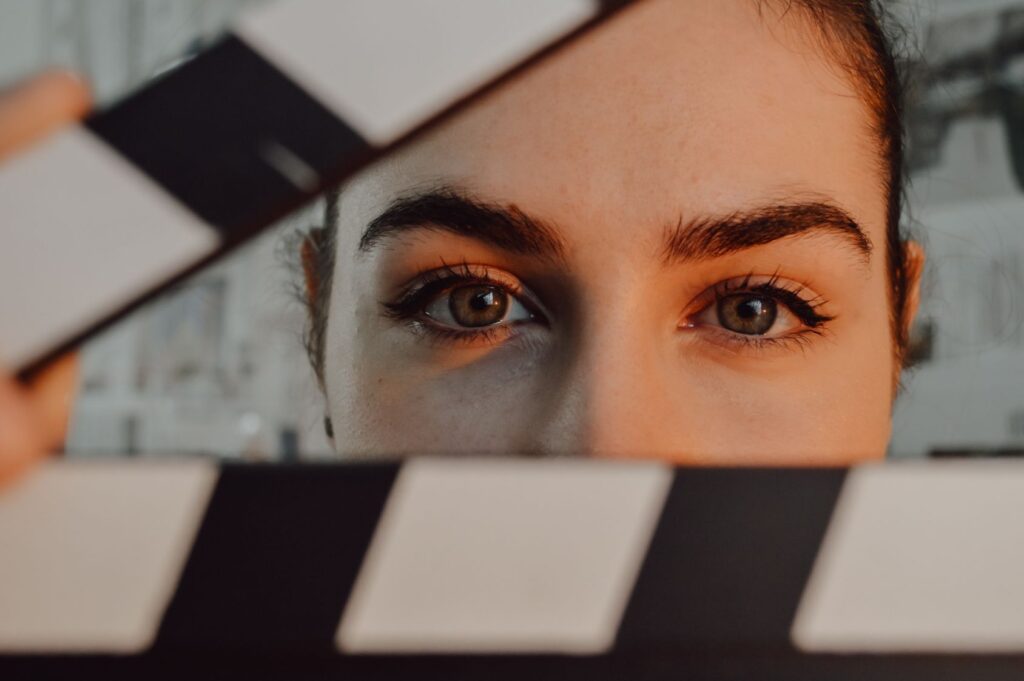
Understanding and utilising various types of movie shots is fundamental to effective filmmaking. Here are some essential shot types that continue to be relevant in 2025:
- Extreme Close-Up: Focusing on a small detail, often used for emotional impact or to highlight important objects.
- Medium Shot: Framing characters from the waist up, ideal for dialogue scenes and character interactions.
- Wide Shot: Showing the full scene, including characters and their surroundings, to establish context.
- Dutch Angle: Tilting the camera to create a sense of unease or disorientation.
- Tracking Shot: Moving the camera alongside the subject, often used to follow action or reveal information.
- Dolly Zoom: Simultaneously zooming in while moving the camera backwards (or vice versa), creating a disorienting effect.
- Aerial Shot: Capturing scenes from above, providing a broad perspective or emphasising scale.
Mastering these different types of movie shots allows filmmakers to create a variety of visuals and show specific emotions or ideas through the shot choices.
Movie Filming Techniques: Bringing It All Together
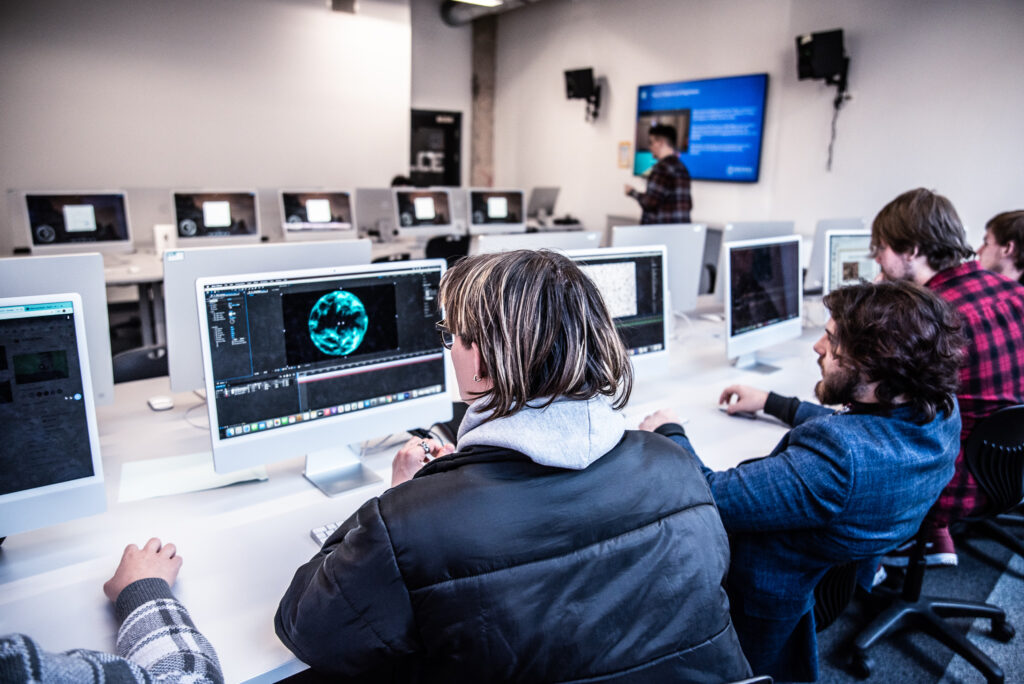
Successful filmmaking in 2025 often involves combining various techniques to create a unique visual style. Some approaches to consider include:
- Mixing Formats: Combining different camera types (e.g., digital, film, smartphone) for artistic effect.
- Creative Colour Grading: Using advanced colour correction tools to enhance mood and atmosphere.
- Dynamic Editing: Employing techniques like jump cuts, match cuts, and rhythmic editing to create energy and flow.
- Practical Effects: Balancing CGI with in-camera effects for a more authentic feel.
- Innovative Sound Design: Utilising spatial audio and immersive sound techniques to enhance the viewing experience.
Courses for Filming: Developing Your Skills at Access Creative College
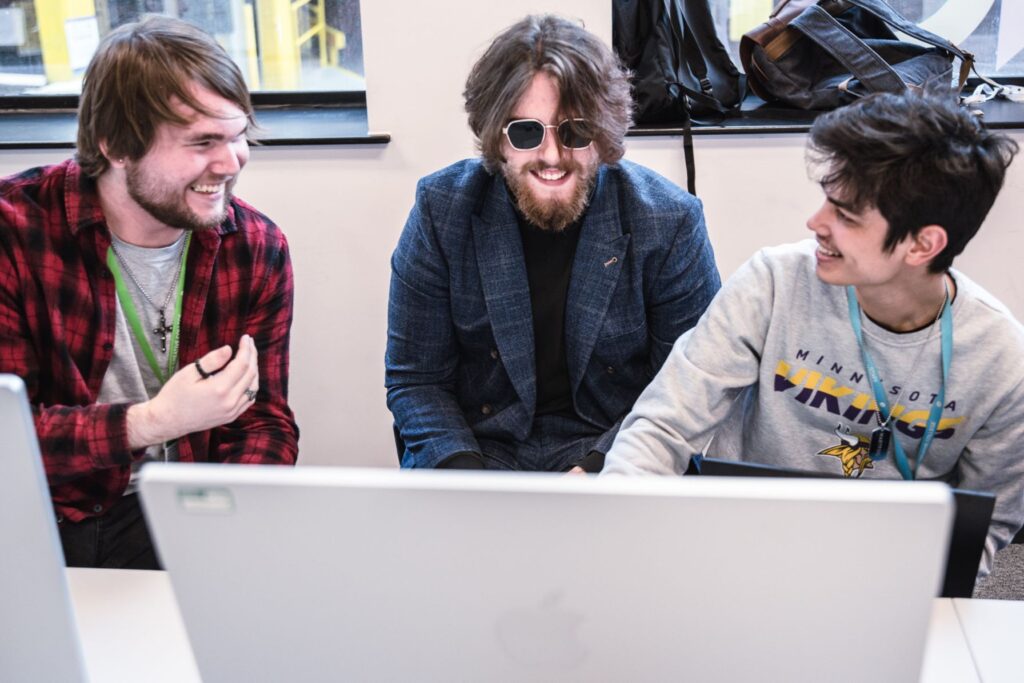
If you want to start a career in film making, hands-on experience is essential. At Access Creative College we offer industry-led courses designed to equip you with the skills and knowledge needed to succeed in the film industry.
Level 2 – Video, Photography and Design
Our Level 2 course is ideal for anybody wanting to start at the beginning of their filmmaking with no prior experience. The course provides an understanding of various aspects of media production, including:
- Photography fundamentals
- Video production techniques
- Graphic design principles
- Essential technical skills for media industries
- Collaboration and project management
- Proficiency in industry-standard software like Adobe Creative Cloud
- Academic development in mathematics and English
This course serves as an excellent introduction to the world of media production, preparing you for more advanced studies.
Level 3 – Film, Videography and Photography
For those looking to progress and specialise in filmmaking, the Level 3 course offers in-depth training in:
- Advanced camera techniques
- Composition and lighting
- Image manipulation and editing
- Pre-production planning
- Sound engineering
- Film and video editing
- Work experience opportunities with industry professionals
- Personal brand development
- Portfolio creation and career guidance
Ready to start your filmmaking career? Apply now for Access Creative College’s Video, Photography and Design or Film, Videography and Photography courses for our September intake.


